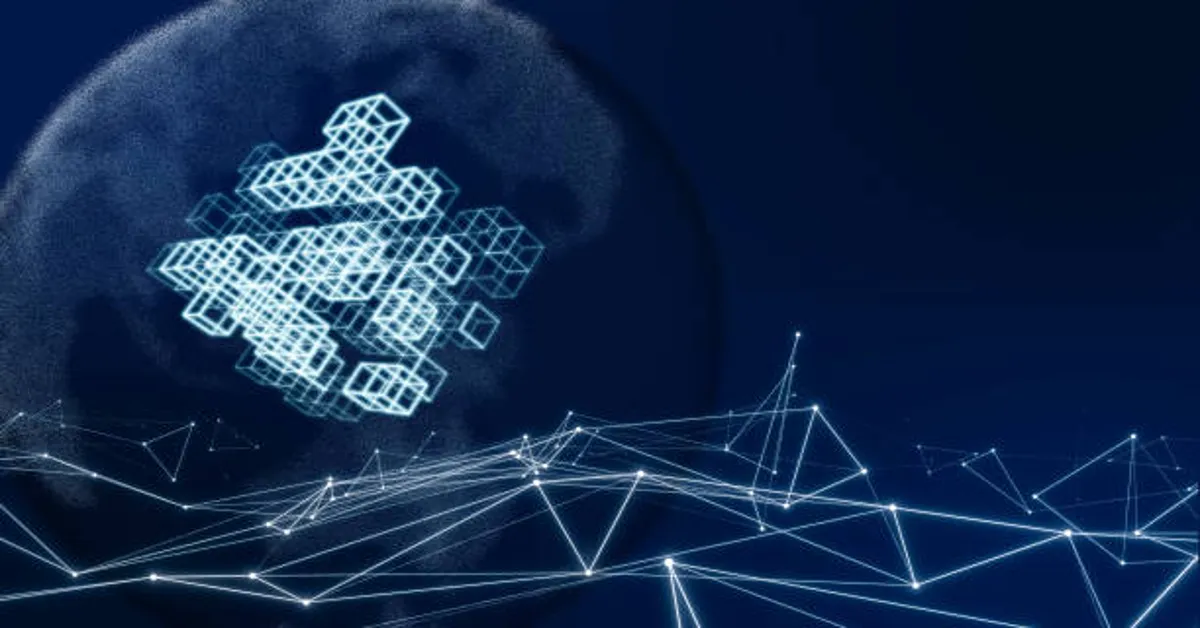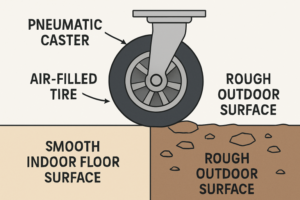Hicetnunc, often abbreviated as HEN, is one of the most influential decentralized platforms that emerged in the world of blockchain-based art. At its core, Hicetnunc is not just a marketplace but a cultural phenomenon that transformed the way digital artists, collectors, and enthusiasts view ownership, value, and distribution of art. Unlike traditional art galleries or centralized NFT platforms, hicetnunc art thrived on accessibility, affordability, and community-driven ethos, particularly powered by the Tezos blockchain.
The platform’s name, derived from the Latin phrase meaning “here and now,” embodies the spirit of immediacy and presence in the digital art scene. It quickly grew from a modest open-source experiment into a revolutionary space where thousands of artists from around the globe minted, traded, and shared their work. While it had its ups and downs, hicetnunc art left an indelible mark on the NFT ecosystem by showing that creativity could flourish outside the boundaries of high transaction fees, elitist gatekeeping, and excessive speculation.
Origins of Hicetnunc
Hicetnunc was launched in early 2021 by Brazilian developer Rafael Lima, who envisioned a lightweight, open-source, and eco-friendly alternative to Ethereum-based NFT marketplaces. At that time, Ethereum dominated the NFT sector, but issues such as high gas fees, energy consumption, and exclusivity made it difficult for emerging artists to participate. Tezos, known for its proof-of-stake consensus mechanism, became the ideal blockchain choice for Lima’s experiment because it offered lower transaction costs and far better environmental efficiency.
From the beginning, hicetnunc stood out for its simplicity. The user interface was minimalistic, and the community itself built the culture around it. Artists could mint their creations—images, videos, music, generative works, and even interactive art—for just a fraction of a dollar, making experimentation accessible. Collectors, in turn, found it easy to acquire and support artists without the heavy costs associated with Ethereum-based platforms like SuperRare or Foundation.
Core Features of Hicetnunc Art
The strength of hicetnunc lay in its unique features that made it stand apart from other NFT marketplaces.
| Feature | Description | Impact on Artists and Collectors |
|---|---|---|
| Low Minting Costs | Minting on Tezos cost only cents, compared to high Ethereum gas fees. | Allowed emerging artists to participate without financial barriers. |
| Eco-Friendly Blockchain | Tezos uses proof-of-stake, significantly reducing energy consumption. | Attracted eco-conscious creators and buyers worried about environmental impact. |
| Open-Source Nature | Anyone could fork, adapt, and improve the platform due to its open-source code. | Ensured resilience and community ownership. |
| Minimalist Interface | Simple, straightforward UI with little emphasis on hype or speculation. | Prioritized art and creativity over profit-driven design. |
| Community Governance | The community played a significant role in promoting, curating, and even reviving the platform. | Encouraged collaboration and inclusivity. |
This combination of features made hicetnunc feel more like a cultural commons rather than a commercial marketplace.
Why Hicetnunc Became a Movement
The rise of hicetnunc cannot be explained solely by its technology. Its success was deeply cultural. Artists around the world—especially those outside of Western art hubs—found in hicetnunc a platform where they could finally gain visibility without competing with established names who dominated Ethereum platforms.
Hicetnunc’s affordability meant that artists from Latin America, Africa, Asia, and other underrepresented regions could mint art without the fear of financial losses. This inclusivity led to an explosion of creativity and diversity rarely seen in the NFT space. Digital painters, 3D modelers, generative artists, and experimental coders all coexisted within the same ecosystem.
Furthermore, hicetnunc embraced the concept of editions. Unlike some platforms that emphasized scarcity and exclusivity, hicetnunc allowed artists to mint multiple editions of the same work, enabling broader distribution and affordability. Collectors could own pieces of digital art for just a few dollars, democratizing ownership and breaking away from the elitist tendencies of traditional art markets.
The Role of Tezos in Shaping Hicetnunc Art
The choice of Tezos was fundamental to hicetnunc’s identity. Tezos provided a blockchain environment that aligned with hicetnunc’s philosophy:
- Scalability and Speed: Tezos transactions were fast and efficient, ensuring a smooth experience.
- Low Fees: Costs remained minimal, even during periods of high demand.
- Green Technology: With proof-of-stake, Tezos consumed thousands of times less energy than proof-of-work systems.
- Smart Contract Flexibility: Allowed developers and artists to experiment with new forms of tokenization and interactivity.
The alignment of hicetnunc with Tezos gave rise to a community that extended beyond just the platform. Collectors often identified themselves as “Tezos collectors” or “Tezos artists,” highlighting the blockchain’s cultural significance.
The Shutdown and Community Resurgence
In late 2021, hicetnunc abruptly shut down. Rafael Lima, the founder, announced the closure with little warning, leaving the community in shock. For most platforms, such a sudden end would have spelled disaster, but hicetnunc’s open-source nature turned the event into a remarkable example of resilience.
Within hours, community members forked the codebase and launched mirrors, keeping the marketplace alive. Several successor platforms emerged—such as Teia, Objkt.com, and others—ensuring that the spirit of hicetnunc lived on. The community’s ability to sustain itself without centralized control became a testament to the decentralized ethos of blockchain art.
Hicetnunc Art’s Legacy
Although hicetnunc as a standalone platform no longer operates in its original form, its legacy continues to influence the NFT world. Its contributions include:
- Democratization of Art: By lowering barriers to entry, it gave thousands of artists their first exposure to blockchain-based art markets.
- Community-Centric Culture: It showed that an art platform could thrive without centralized curation, relying instead on organic community interaction.
- Sustainability: By proving that NFTs could be environmentally responsible, it shifted the narrative around blockchain art.
- Open-Source Inspiration: The resilience of hicetnunc encouraged future projects to adopt open-source principles.
The Future of Hicetnunc-Inspired Art Platforms
The hicetnunc movement paved the way for the next generation of decentralized art platforms. Many of its community members continue their work on projects like Teia, while collectors still trade hicetnunc-minted works on secondary markets.
Looking forward, hicetnunc’s philosophy could inspire innovations such as:
- Cross-Chain Interoperability: Allowing Tezos art to seamlessly interact with Ethereum, Solana, and other ecosystems.
- Decentralized Curation DAOs: Communities governing curation, exhibition, and funding decisions without central authority.
- Enhanced Interactive NFTs: Building on hicetnunc’s experimental nature to create dynamic, generative, or evolving artworks.
- Greater Accessibility Tools: Improving onboarding for non-technical artists who may still find blockchain intimidating.
Tables for Deeper Understanding
Comparison of Hicetnunc and Other NFT Platforms
| Platform | Blockchain | Minting Cost | Philosophy | Accessibility |
|---|---|---|---|---|
| Hicetnunc | Tezos | Cents | Open-source, inclusive | High – anyone can join |
| SuperRare | Ethereum | $50–200+ | Exclusive, curated | Low – invite only |
| Foundation | Ethereum | $50–200+ | Artist-focused, curated | Moderate |
| Objkt.com | Tezos | Cents | Marketplace expansion | High |
| OpenSea | Ethereum/Polygon | $20–100+ | General-purpose NFTs | Moderate |
ALSO READ: Custom Wordle: A Complete Guide to Creating Your Own Word Puzzle Experience
FAQs on Hicetnunc Art
Q1. What does hicetnunc mean in the context of art?
Hicetnunc means “here and now” in Latin and refers to the decentralized NFT marketplace built on Tezos, which emphasized accessibility, inclusivity, and sustainability in digital art.
Q2. Why was hicetnunc different from other NFT marketplaces?
Hicetnunc offered low-cost minting, eco-friendly transactions, and an open-source structure that allowed artists worldwide to participate without gatekeeping.
Q3. Is hicetnunc still active?
The original platform shut down in 2021, but its open-source code allowed community members to create mirrors and successors like Teia, keeping its legacy alive.
Q4. How did hicetnunc support emerging artists?
By eliminating high gas fees and curation barriers, hicetnunc gave new and diverse artists a chance to showcase their work to global audiences.
Q5. What is the lasting impact of hicetnunc art?
Its impact lies in democratizing NFTs, inspiring eco-friendly art practices, and proving that communities can sustain decentralized platforms without central control.









